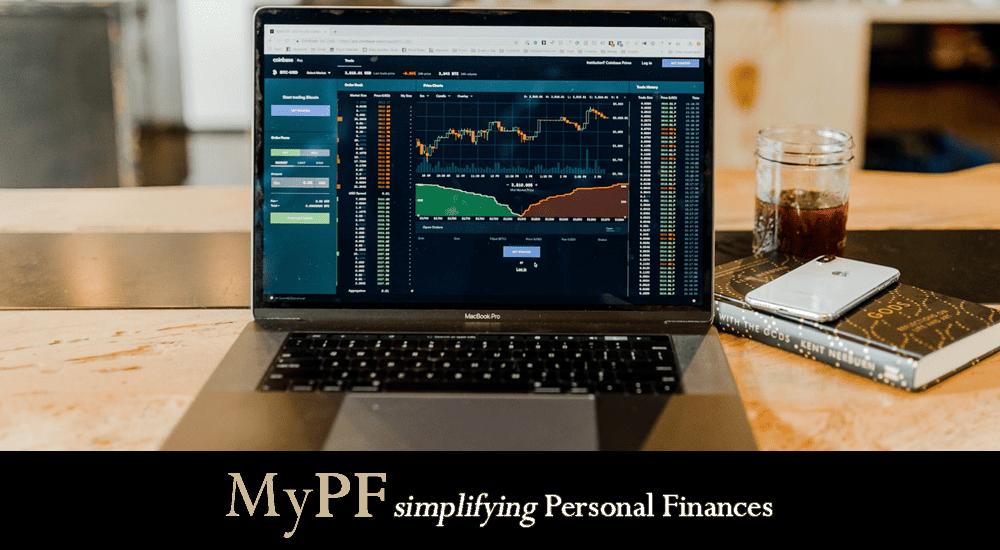Getting started with forex trading? Let this collection of tips and techniques help you improve your methods.
Forex trading, also known as foreign exchange trading or currency trading, is a global market where participants exchange one currency for another. It’s one of the largest and most liquid financial markets in the world, with a daily trading volume that exceeds $6 trillion. Among the various types of forex traders, day traders stand out as a unique and exciting group.
Day traders buy and sell currencies within the same trading day, aiming to profit from short-term price fluctuations. In this blog post, we’ll explore the world of forex trading for day traders, offering valuable tips and techniques to help you navigate this fast-paced and potentially rewarding arena. If you’re interested in starting your day trading journey, you can check out helpful resources and brokers like https://mtrading.com/ to get started.
Contents
7 Tips for Day Traders
Now that we’ve covered the basics, let’s delve into some tips and techniques specifically tailored for traders in the forex market:
#1. Develop a Trading Plan
A well-defined trading plan is the foundation of successful trading. It should outline your strategy, risk management rules, and specific goals. Having a plan in place will help you stay disciplined and avoid impulsive decisions.
#2. Choose the Right Time Frame
Day traders typically use shorter time frames, such as 1-minute, 5-minute, or 15-minute charts, to make quick decisions. These time frames allow you to capture short-term price movements and execute trades efficiently.
#3. Use Technical Analysis
Technical analysis involves studying price charts and using various indicators and patterns to make decisions. Popular technical tools for traders include moving averages, RSI (Relative Strength Index), and Bollinger Bands. Technical analysis can help you identify entry and exit points.
#4. Practice Risk Management
Day trading involves significant risk, so it’s crucial to manage your capital wisely. Never risk more than you can afford to lose on a single trade. Set stop-loss orders to limit potential losses and use proper position sizing to control risk.
#5. Stay Informed
Stay up-to-date with economic news and events that can impact currency markets. Economic calendars and news websites are valuable resources for day traders. Sudden news releases can lead to significant price volatility, presenting both opportunities and risks.
#6. Start with a Demo Account
Consider starting with a demo account that your broker offers if you are new to trading. This allows you to practice trading with virtual money and gain confidence without risking real capital.
#7. Embrace Continuous Learning
Forex markets are dynamic and constantly evolving. To stay competitive, dedicate time to continuous learning. Read books, attend webinars, and follow experienced traders on social media platforms. Learning from others can help you refine your strategies and adapt to changing market conditions.
7 Advanced Techniques to Elevate Your Day Trading Game
In addition to the foundational tips mentioned above, here are some advanced techniques that can further enhance your day trading skills:
#1. Scalping
Scalping is a high-frequency trading technique where traders aim to profit from very small price movements. Scalpers often make dozens or even hundreds of trades in a single day, each with small profit margins. This approach requires quick decision-making, precise execution, and a keen eye for spotting short-term opportunities.
#2. Day Trading with Trendlines
Trendlines are drawn on price charts to identify the direction of the market trend. Day traders can use trendlines to enter trades in the direction of the prevailing trend, increasing the probability of success. When prices bounce off trendlines or break through them, it can provide valuable signals for entry or exit points.
#3. Breakout Trading
Breakout trading involves identifying key support and resistance levels on the charts. Traders look for price breakouts above resistance or below support levels as potential entry points. This strategy aims to capture significant price movements that often follow breakouts, providing traders with profitable opportunities.
#4. Candlestick Patterns
Candlestick patterns are visual representations of price movements and provide valuable insights into market sentiment. Day traders often use candlestick patterns to predict price reversals or continuations. Some commonly used candlestick patterns include Doji, Hammer, Shooting Star, and Engulfing. These patterns can help traders make informed decisions about when to enter or exit trades.
#5. Automated Trading Systems
For traders seeking a more systematic approach to day trading, automated trading systems or algorithmic trading can be advantageous. These systems use predefined criteria and algorithms to execute trades automatically. They can help eliminate emotional biases and ensure the consistent execution of trading strategies. However, it’s essential to thoroughly test and optimize automated trading systems before deploying them in live markets.
#6. Risk-Reward Ratio
A critical aspect of advanced trading is maintaining a favorable risk-reward ratio. This means that for every trade you take, you should have a well-defined risk level (usually represented by a stop-loss order) and a potential reward level (represented by a take-profit order) that provides a favorable risk-reward balance. Ensuring that your potential reward justifies the risk you are taking is essential for long-term profitability.
#7. Adaptive Strategies
Successful day traders often adapt their strategies to changing market conditions. Markets can switch between ranging (sideways) and trending (up or down) phases. Being able to identify these phases and adjust your strategy accordingly is a valuable skill. In ranging markets, traders may use mean-reversion strategies, while in trending markets, trend-following strategies are more effective.
Choosing the Right Broker
Selecting the right broker is a crucial decision for day traders. Your choice of broker can significantly impact your trading experience, execution speed, costs, and access to essential tools and resources. Here are key factors to consider when choosing a forex broker for day trading:
#1. Regulation and Security
Make sure that the broker is subject to regulation by a reputable financial organization in your area or a significant financial center. Regulatory oversight helps protect traders from fraudulent activities and ensures that the broker complies with industry standards. Look for brokers that segregate client funds from their operational funds to enhance security.
#2. Trading Platform
User-friendly, stable, and feature-rich trading platforms are what the broker should offer. It should offer real-time charts, technical indicators, and an efficient order execution system. Test the platform with a demo account to ensure it meets your requirements.
#3. Liquidity and Spreads
Liquidity is essential for day traders, as it affects their ability to enter and exit trades quickly. Look for brokers with access to deep liquidity pools and competitive spreads. Tight spreads reduce trading costs and are especially important for scalpers.
#4. Commissions and Fees
Day traders should be mindful of trading costs, including spreads, commissions, and overnight financing charges (swap rates). Compare the fee structures of different brokers to find one that aligns with your trading style and frequency.
#5. Order Execution
Fast and reliable order execution is crucial for day traders. Brokers should offer low latency and minimal slippage. Slippage can occur during fast-moving markets, leading to trades being executed at less favorable prices than expected.
#6. Customer Support
Efficient customer support is essential for resolving issues quickly. Look for brokers with responsive customer service that offers various contact methods, including phone, email, and live chat. Availability during trading hours is crucial.
#7. Educational Resources
Some brokers provide educational resources, such as webinars, tutorials, and market analysis tools. These resources can be invaluable for day traders looking to improve their skills and knowledge.
#8. Demo Accounts
Many brokers offer demo accounts, allowing traders to practice strategies and test the broker’s platform without risking real money. Utilize demo accounts to become familiar with the trading environment and fine-tune your strategies.
#9. Risk Management Tools
Check if the broker offers risk management tools such as stop-loss and take-profit orders. These tools are essential for implementing risk management strategies and protecting your capital.
#10. Mobile Trading
In today’s fast-paced world, mobile trading is essential. Ensure that the broker provides a mobile trading app that allows you to monitor and execute trades on the go.
#11. Deposits and Withdrawals
Assess the ease of depositing and withdrawing funds from your account. Look for brokers that offer multiple deposit and withdrawal options, including bank transfers, credit cards, and e-wallets.
Remember that the choice of a broker is a personal one, and what works for one trader may not be suitable for another. Take your time to research and compare different brokers, read reviews, and consider your specific needs and preferences. Once you’ve selected a broker that meets your criteria, you’ll be better equipped to embark on your day trading journey with confidence.
Conclusion
Forex day trading is an exciting and potentially lucrative endeavor, but it also demands discipline, continuous learning, and a well-thought-out approach. By developing a robust trading plan, implementing sound risk management, and utilizing technical analysis, day traders can build a solid foundation for success. Furthermore, advanced techniques such as scalping, breakout trading, and automated systems can elevate your trading game and help you adapt to changing market conditions.
Remember that no strategy is foolproof, and losses are part of the journey. With proper preparation and perseverance, you can navigate the forex market with confidence and work towards achieving your financial goals as a day trader.
Did these tips and techniques help you? Let us know in the comments.












Leave A Comment